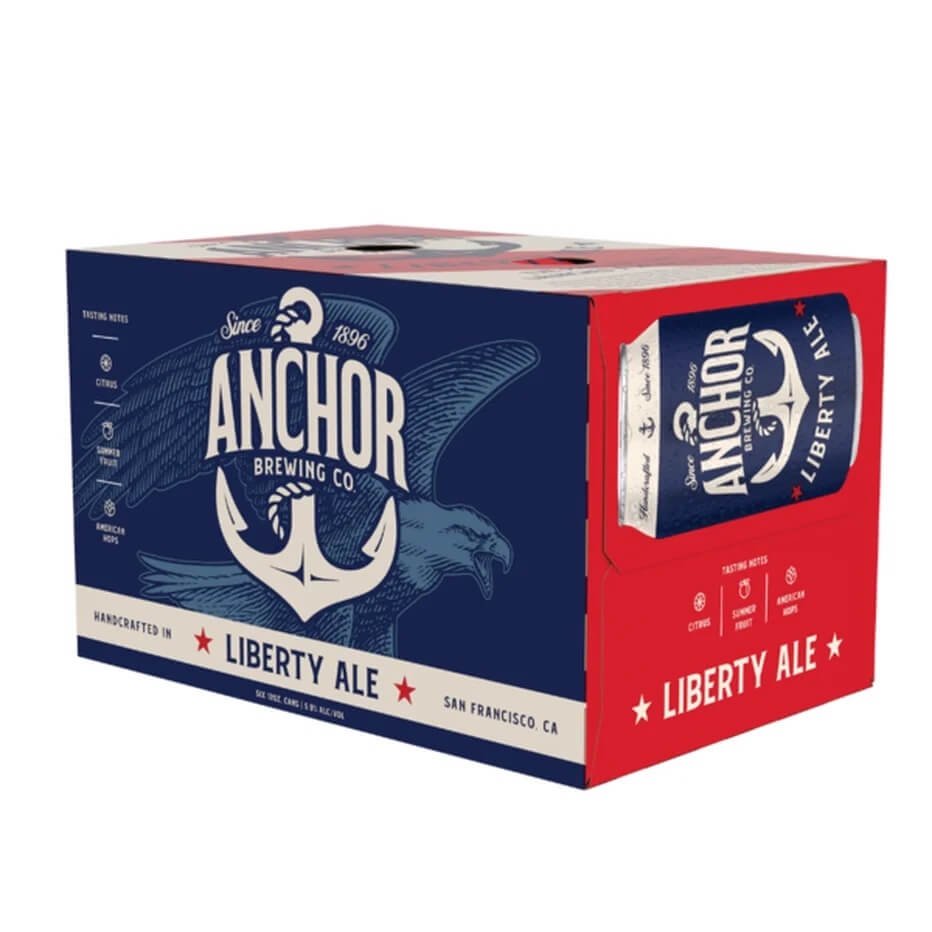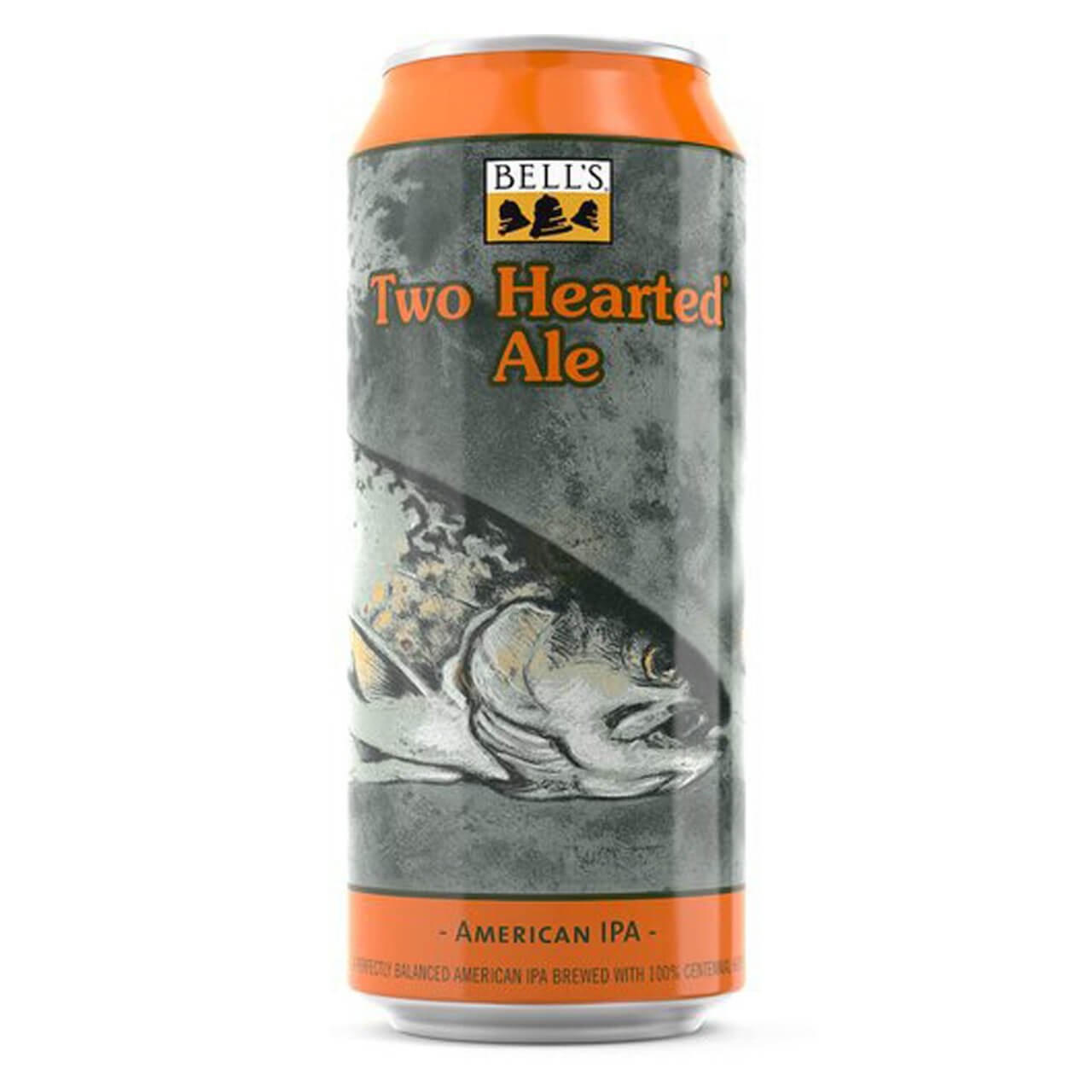Beer Style Guide: Get to Know American IPA with Em Sauter
The American IPA landscape is constantly evolving and changing. Similar to the golden lagers, the American IPA has shapeshifted into a subset of its own brand of many different styles. This week though we will talk about the historical beginnings of the American IPA, where it came from, and how it has evolved throughout the decades to its modern form.
The History of American IPA
American IPA in my mind encompasses two styles—the traditional American IPA with its malty backbone and the “west coast” which is drier and lighter in color. In judging circles, we frequently have these beers together and they are not separated into different categories. So if you are looking for info about the west coast style, this is where it would be.
According to the BJCP guidelines, the first modern American IPA was Anchor Liberty ale, which was brewed in the 1970’s to celebrate the 200th anniversary of Paul Revere’s ride. The beer is what an American IPA stands for—loads of classic Cascade hops, known for its grapefruit and pine notes, large bitterness, and toasty malt backbone. This is what an American IPA should be. Earlier examples of IPA were brewed before the 1970’s (hello Ballantine IPA!) in America but these were unique styles more akin to the English IPA.
The beer style grew in popularity throughout the years, especially on the west coast where hops are grown. The IPA became more bitter, higher ABV (Liberty ale is only 5.9% ABV but when I lived in Oregon ten years ago, IPAs would START around 7% ABV) and spawned countless specialty versions, which we will talk about in upcoming weeks.
How American IPAs are Made
American IPAs can be brewed solely with pale malt or with some darker base malts. Crystal malts were popular additions in small amounts in the 1980’s and 1990’s but that has faded mostly. American IPAs can be almost dark amber in some cases so don’t count out the darker versions! Traditionally the hops used were American, with “C” hops being used most. “C” hops are hops that start with the letter “C” but all have a citrus and piney flavor. Cascade, Citra, Chinook and Centennial are examples of these “C” hops. Yeast is a clean American ale yeast that allows the hops to shine with limited fruitiness from yeast esters. American IPAs should be clear, with maybe a slight sheen but no haze.
Let’s talk about the hops. Since new hop varieties pop up every year thanks to breeding programs, the flavor of the American IPA has expanded outside the realm of “C” hops. American IPAs can now use hops from all over the world. What’s most important is that bitterness is there as well as the flavor/aroma of whatever hop is being used from the grassy white wine flavor of New Zealand’s Nelson Sauvin to the pineapple flavor of Germany’s Hallertau Blanc to the tropical notes of Australia’s Galaxy. So many different hop flavors nowadays that the American IPA’s flavors have gone global. The hops are the star of the IPA and whatever hops are being featured should be prominent.
American IPA Pairings
One of my favorite pairings with American IPA is from beer writer Randy Mosher - American IPA and carrot cake. The bitterness lessens the sweetness of the cake while the spices and fruitiness of the beer complement each other. It’s one of the best beer and food pairings I know of. American IPAs also work really well with fatty foods like burgers but watch out for spicy items as hop bitterness can accentuate spiciness, which could create a clashing effect.
Beers to Try
Anchor Liberty Ale
The original, although now more like a pale ale than IPA, Anchor Liberty was the first modern American IPA. Soon everyone followed and the rest is history. Anchor (along with Sierra Nevada) are two breweries that truly were “revolutionary” in creating many American beer styles we love today.
Oh my gosh, Em, again with the Bell’s! Well, like I said last week and the week prior (and the week prior haha), Bell’s beers are frequently mentioned here and for good reason; because they do classic styles unbelievably well. Bell’s Two Hearted may be the best example of an American IPA in the U.S. 7% ABV, deep golden color and 100% Centennial hops, it’s a stunner.
Russian River Blind Pig
The hop specialists at Russian River know a thing or two about west coast IPAs as their Pliny the Elder is one of the most sought-after Double IPAs in the world. But I actually think their Blind Pig IPA is better. It’s a classic west coast IPA with citrus/pine notes plus a cracker malt base and its clarity is gorgeous. One of the most beautiful beers I know.





